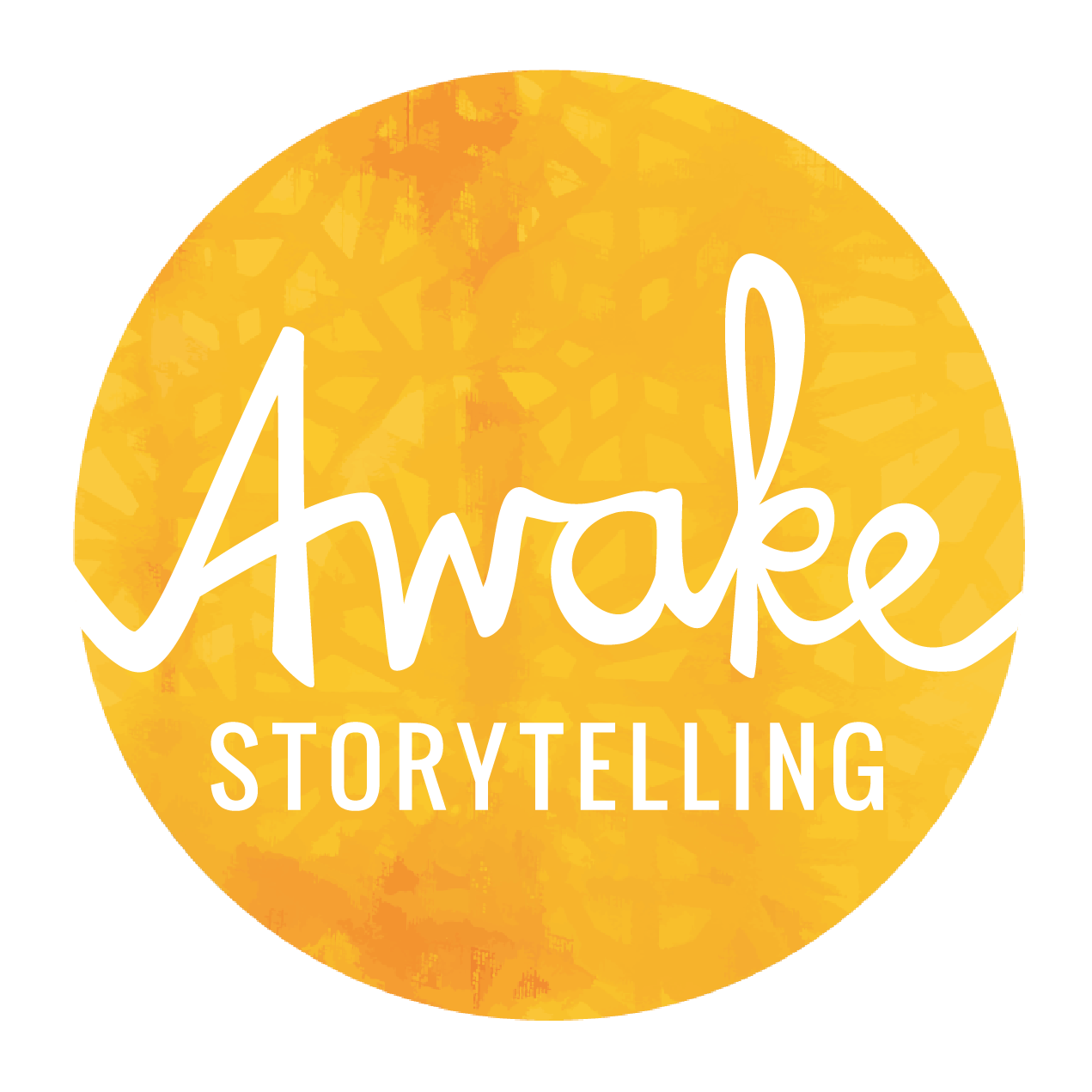Your nonprofit exists to disrupt harm, not to quietly replicate it. And yet, so many organizations, especially in fundraising and marketing, unintentionally reinforce the very systems of oppression they’re trying to dismantle.
When communications are driven by donor comfort instead of community truth, they can reinforce white saviorism, extractive storytelling, and narratives that individualize harm rather than reveal systemic causes.
But it doesn’t have to be that way.
Here’s how to make sure your nonprofit’s storytelling is truly serving your mission, not the status quo:
1. Name the Systems, Not Just the Symptoms
Instead of saying: "These kids need help," say: "Our public education system is failing Black and brown students because it was never designed for equity."
Fundraising and comms materials should call out the systems causing harm: white supremacy, settler colonialism, patriarchy, capitalism. Otherwise, we risk leaving supporters with the impression that harm is random or rooted in individual choices.
2. Shift the Hero in the Story
Don’t position your organization or your donors as the savior. Instead, highlight the leadership and resilience of the people and communities most impacted.
Your organization may be the bridge, but the people are the power.
3. Speak from Vision, Not Just Crisis
Yes, we need to name what’s wrong. But we also need to help people imagine what could be.
Instead of constantly communicating from emergency mode, use your storytelling to show what your organization is building: care networks, community-led housing models, trauma-informed classrooms, mutual aid infrastructure.
This is how you invite people into movements, not just moments.
4. Ask Yourself: Who Is This For?
Before publishing any content, ask:
Are we centering community voice or donor comfort?
Are we making it easy for people to feel pity or to feel connected and called into action?
Would someone impacted by this issue feel honored by the way this story is told?
If the answer is no, it’s time to rework it.
5. Use Communications to Build Power
Your comms shouldn’t just explain your work. They should expand your work.
Use storytelling to:
Help people connect the dots between personal struggles and systemic injustice
Celebrate wins and organize around calls to action
Seed liberatory visions and shift collective beliefs about what’s possible
Your story isn’t just about visibility. It’s about power.
The Bottom Line:
If your nonprofit’s communications are only reinforcing the status quo, you’re leaving power (and possibility) on the table.
At Awake Storytelling, we help organizations create visionary narratives that center community, challenge oppression, and grow movements for collective liberation.
Want to tell stories that don’t just raise money, but build power?
Let’s talk.
